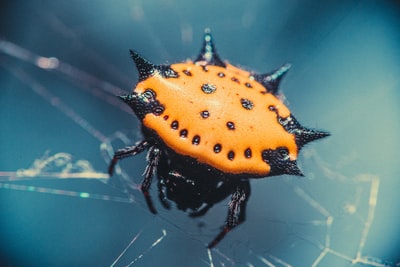Haemoglobin is a globular protein composed of four polypeptide chains.
- Each chain contains a haem group composed of an iron ion.
- Each iron ion can bind to one molecule of oxygen.
- As the oxygen partial pressure increases so does the oxygen-saturation of haemoglobin.
- When an oxygen molecule combines with one of the haem groups the haemoglobins affinity for oxygen increases. However, when the third oxygen molecule binds this makes it harder for the fourth.
- Carbon dioxide has an effect on the dissociation graph known as the Bohr effect. It causes a shift to the right of the dissociation graph curve.
- Different forms of haemoglobin have different oxygen transporting properties depending on the environment of the animal.
- A monosaccharide is the basic unit of a carbohydrate and represents the simplest form of sugar.
- The basic structure of different carbohydrates affects their function.
- Starch is insoluble and used as an energy store in plants.
- Glycogen is a highly branched polymer and used as an energy store in animals.
- Cellulose is an unbranched polymer and used as a structural building block in plants.
- Plant and animal cells differ in structure and the organelles they contain.
TEST IT!
1.
Potatoes contain cellulose and starch. Both of these are carbohydrates.
a) Name two ways cellulose and starch molecules are similar.
i. ___________________________________________________
ii. ___________________________________________________
b) What are the roles of these carbohydrates in plants?
i. Cellulose ___________________________________________
ii. Starch _____________________________________________
c) How is the structure of cellulose related to its role?
2.
Animal and plant cells differ in structure. Name three structures present in plant but not animal cells and their function.
a)
i. Structure __________________________________________________
ii. Function __________________________________________________
b)
i. Structure __________________________________________________
ii. Function __________________________________________________
c)
i. Structure __________________________________________________
ii. Function __________________________________________________
3.
Anglerfish live deep in the ocean where the partial pressure of oxygen is low.
a) The graph below shows the dissociation curve for a human. Draw the dissociation curve for an anglerfish.
b) Explain the advantage of an anglerfish having this dissociation curve.
ANSWERS
1.
a)
i. Structural
ii. Energy storage
b) Answers include:
i. Both of them are polymers
ii. Their molecules are joined by condensation
iii. They have 1-4 links
iv. They contain carbon, hydrogen and oxygen
v. They’re insoluble
vi. They contain glycosidic bonds
c) Answers include:
i. It’s composed of long, unbranched glucose chains
ii. It’s composed of hydrogen bonds
iii. It provides strength and support
2.
a) Answers include:
i. Large vacuole
ii. Keeps the cell turgid, controls substance movement between the sap and cytosol, stores materials, and digests waste productsb)
i. Cell wall
ii. Maintains the cell structure and contains plasmodesmata which allows direct communication with adjacent cellsc)
i. Chloroplasts
ii. These contain chlorophyll which is the chemical required for photosynthesis.
d)
i. Plastids
ii. Amyloplasts store starch, chromoplasts store pigments and elaioplasts store fat
3.
a) The curve should be to the left of the human curve and steeper in shape.
b) The haemoglobin has a higher affinity for oxygen at a lower partial
 Haemoglobin is a globular protein composed of four polypeptide chains.
Haemoglobin is a globular protein composed of four polypeptide chains.